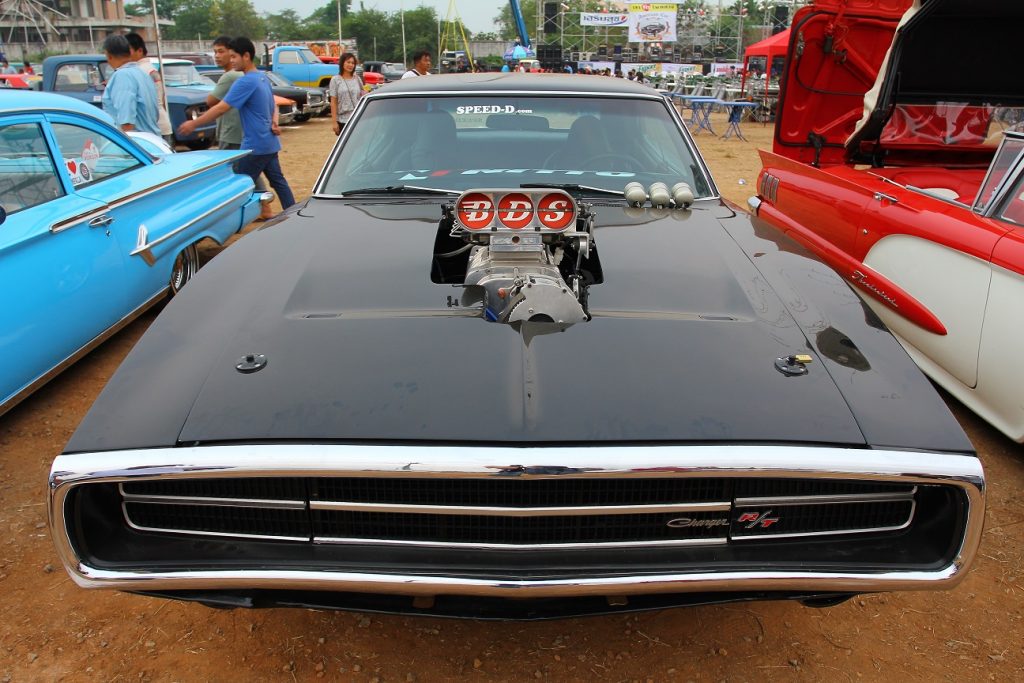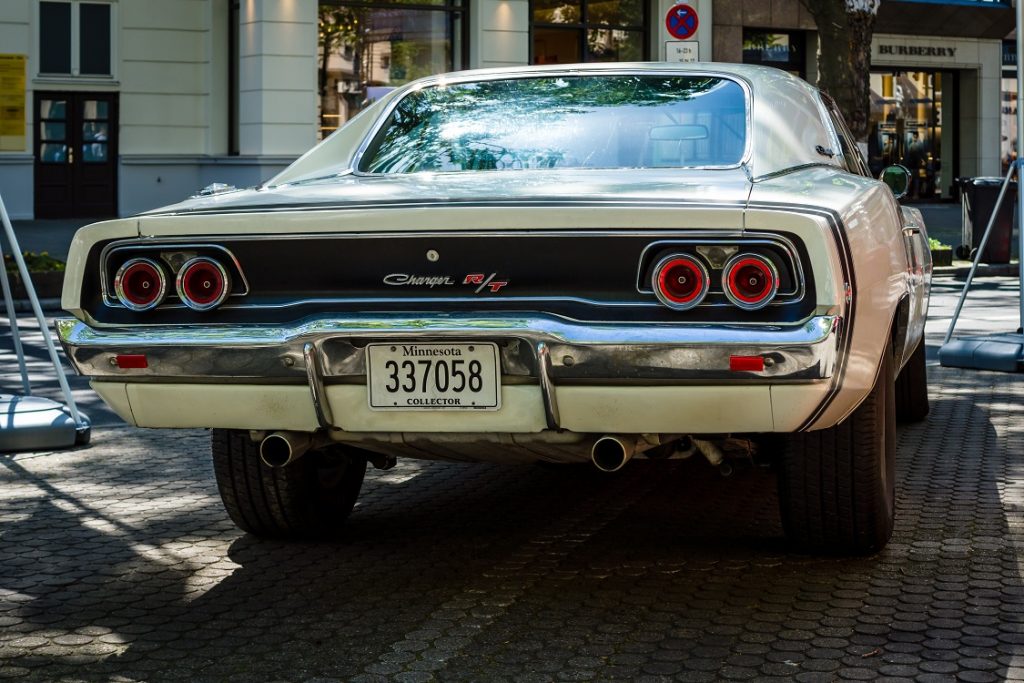You’d think the aptly named Challenger was meant to compete in the heated trifecta formed by Mopar, Chevy, and Ford. You’d be wrong. Instead, it was the wide, mean Dodge Charger (most notably the legendary R/T) that quickly earned its tough reputation as a Camaro and Mustang killer. That’s all thanks to an on-camera race against Steve McQueen and his Bullitt, through the streets of L.A in 1968.
What transpired on film as arguably the greatest (and mostly real) car chase scene of all time was also a very real foreshadow to just how powerful, storied, and iconic the Dodge Charger coupe would become.
Although this writer loves Mustangs, he admits the ’68 Charger’s body lines, massively wide grille and front fascia, sloped cabin pillars, hunched quarter panels, and rear decklid panel (among other details) somehow mesh to together with such aesthetic pleasure that it’s almost magical. To be sure, the Charger B-body isn’t just a performer, it’s one Hell of a looker.![]()
But why did Chrysler feel the need to build the Charger B-body when they already had the successful Challenger and Dart? Simple: They intended to fill a missing car segment that Ford left void, creating a vehicle that fit snugly between the sporty little Mustang and the big, luxurious Thunderbird. The result really is a Goldilocks – not too small, not too big, not too simple, not too extravagant. Just right. Almost too perfect.
Much of the Dodge Charger’s goodies were stolen from the Coronet, keeping design simple and costs feasible. It debuted in 1966 with a base price of $3,100. Though not originally intended to be a top-grade muscle car, the Charger was graced with Chrysler’s behemoth 7.0L Hemi with double 4-barrel carbs, and things took off – literally.
In purely stock form, a 426 Street Hemi-optioned Charger would pump out 433 horses and 472 torques, while a relatively low 10.25:1 compression ratio made forced induction a natural next step for many owners. The result would be a street monster of a car that easily made over 600 horses at the rear, an astronomical number that would defeat most modern muscle today. While the Street Hemi was an uncommon powerplant, the base Charger still came available with a respectable 2-barrel 5.2L, as well as an available 5.9L and 4-barrel 6.3L.

Made famous by Fast and The Furious, the Charger R/T’s low compression made forced induction a logical power adder.
Sales of the Dodge Charger slumped with the first generation. Many sport car buyers were sticking with the compact pony car and Camaro, while others lamented the Charger looked too similar to the AMC Marlin and Coronet to garner much interest.
In 1968, designer Richard Sias developed what he called a “coke bottle” profile with wide curves gracing the front and rear panels. Designer Harvey J. Winn widened the front grille, made it a single piece, and refreshed the rear to sport four round, simple, elegant taillights in groups of two. It was in this year that the famous R/T (Road/Track) trim came available with the 440 Magnum or 426 Hemi motors. Sales skyrocketed, and Chrysler sold 96,100 models in the same year, to include 17,000 R/Ts.

Today, original, 1st- and 2nd-generation Dodge Chargers – especially R/T options – are rarely put up for sale. The ones that make it out of well-kept garages and onto sale pages command well over $60,000, sometimes reaching six digits.
